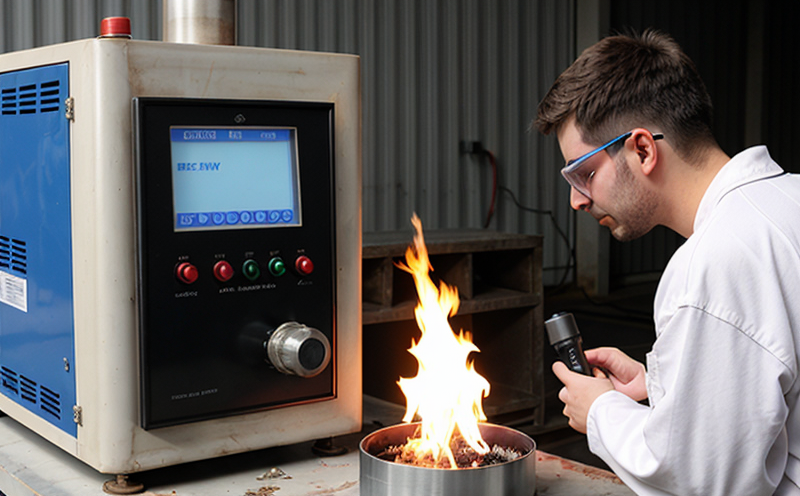DIN 4701-2 Cooling System Thermal Load Test
The DIN 4701-2 standard is a crucial guideline in the HVAC (Heating, Ventilation and Air Conditioning) sector for assessing cooling systems' thermal load performance. This test ensures that cooling equipment meets the necessary standards for efficient operation under real-world conditions. Compliance with this standard is essential for quality assurance and regulatory compliance, particularly in sectors where environmental control plays a significant role.
This service involves testing the heat transfer efficiency of cooling systems as specified by DIN 4701-2. The test aims to evaluate the system's ability to maintain desired temperatures within a given space under various thermal loads. By adhering to this standard, manufacturers can ensure their products meet stringent performance criteria, thereby enhancing reliability and customer satisfaction.
The process begins with thorough preparation of the cooling system specimen according to the requirements outlined in DIN 4701-2. This includes setting up the environment to replicate real-world conditions as closely as possible. The test then proceeds through a series of stages designed to stress the system under different thermal loads, measuring its response and efficiency.
Key parameters measured during this testing include heat transfer coefficients, power consumption levels, and temperature distribution within the controlled space. These metrics are critical for assessing how well the cooling system performs across varying conditions. The test results provide insights into the system's capacity to handle unexpected thermal surges or prolonged periods of high demand.
Understanding these parameters is vital not only for ensuring product quality but also for optimizing energy usage and reducing operational costs. By adhering strictly to DIN 4701-2, manufacturers can guarantee their cooling systems will perform reliably across diverse applications, from commercial buildings to industrial facilities.
The test results are documented meticulously and reported in compliance with the standard's guidelines. Reporting includes detailed descriptions of the test setup, parameters measured, and outcomes observed. This comprehensive documentation supports continuous improvement initiatives within organizations and facilitates smoother regulatory compliance processes.
Scope and Methodology
| Parameter | Description |
|---|---|
| Test Environment Setup | The cooling system is installed in a controlled environment that closely mimics real-world conditions. This setup includes temperature control systems, power supply units, and monitoring equipment. |
| Thermal Load Application | Varying thermal loads are applied to the cooling system using calibrated heat sources. The load levels mimic typical operational scenarios experienced in different environments. |
| Data Collection | Temperature sensors, power meters, and other instruments continuously monitor the system's performance during testing. Data is collected at regular intervals for analysis. |
| Performance Metrics | The test evaluates parameters such as heat transfer efficiency, cooling capacity, and energy consumption under different thermal loads. |
Quality and Reliability Assurance
- Conformance to International Standards: Compliance with DIN 4701-2 ensures that the testing meets global quality benchmarks.
- Data Validation: Multiple checks are performed on collected data to ensure accuracy and reliability. This includes cross-referencing results against predefined acceptance criteria.
- Expert Review: Results undergo review by experienced engineers who provide insights into potential improvements or issues.
- Continuous Improvement: Based on test outcomes, recommendations are made for enhancing the cooling system's performance and durability.
Use Cases and Application Examples
The DIN 4701-2 Cooling System Thermal Load Test is particularly useful in several industries where precise temperature control is paramount. For instance, it plays a critical role in the design and manufacturing of HVAC systems for large commercial buildings, such as office complexes and shopping malls.
In industrial settings, this test ensures that cooling equipment can handle high thermal loads without compromising performance. This reliability is crucial for maintaining optimal working conditions in factories and warehouses where machinery and personnel need to operate efficiently.
The test also finds application in data centers, where the integrity of IT infrastructure depends on stable environmental control. By ensuring that cooling systems meet DIN 4701-2 standards, organizations can prevent costly downtime and ensure long-term operational success.





